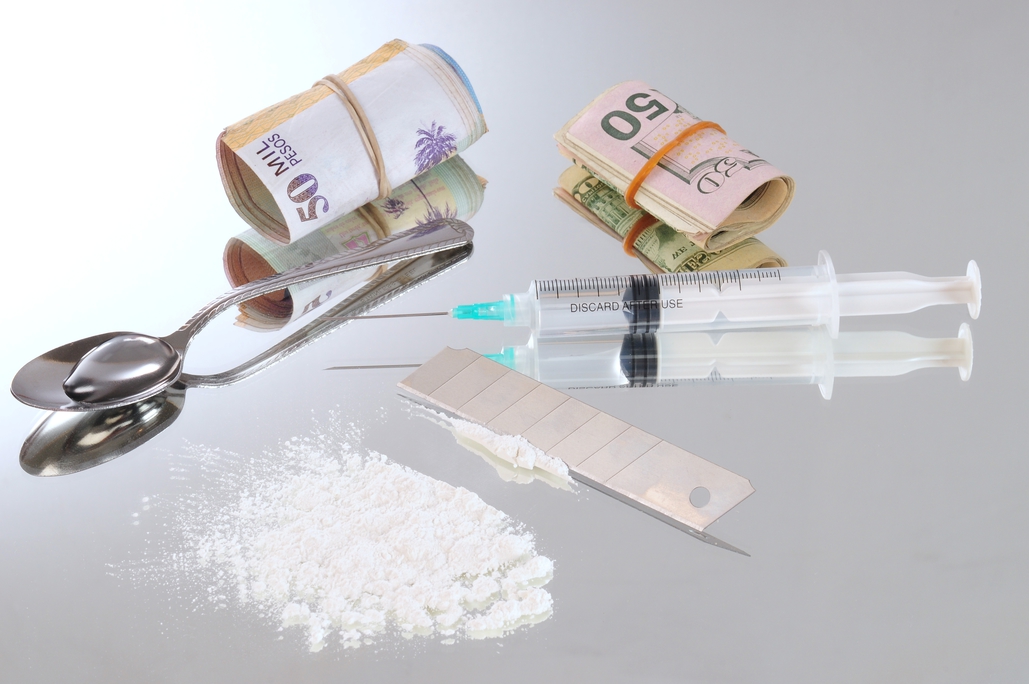Drug and alcohol addiction is usually associated with people in the poorest households. This may be the case for certain types of drugs and alcohol, but research has revealed a more complex picture. People in higher income brackets are three times as likely to drink and attend a drug rehabilitation program than those with lower incomes. In addition, heroin use has risen significantly among the middle class. This is due in part to the opioid epidemic, which is firmly rooted in this social group. These statistics were confirmed by the Centers for Disease Control and Prevention in a 2015 study.
Individuals with a higher socio-economic status and education level have more resources to indulge in drinking and drugging. They are also more likely to participate in a wide variety of activities that involve drinking. These activities include dining out, going on vacation or socializing with coworkers. Some workplace cultures encourage drinking, and many in the middle class unwind after work by drinking alcoholic beverages. This can start with one glass of wine in the evening hours and progress to one bottle or more during the same time frame. Daily drinking can become a dangerous habit, requiring significant time spent in a sober living facility in order to quit.
The use of opioids has skyrocketed since the 1990s, requiring a complete rewrite of prevailing detox and post-detox steps, due to the particularly nasty demon an opioid addiction represents. The rate of addiction to drugs like OxyContin and Percocet have soared. There was also a sudden rise in the use of heroin during this time. This cheaper form of the opioid drug is used by many addicts as a substitute for the legally prescribed medication. The opioid epidemic has been identified as a middle-class problem because of the routine distribution of prescription painkillers to members of this group. Doctors are writing approximately 250 million prescriptions for opioid painkillers every year. The majority of these prescriptions are for middle-class Americans.
According to the U.S. National Survey on Drug Use and Health, 75% of opioid addicts started with prescription pain medication. Users obtain it from the black market, family, or friends. The majority of overdose deaths are due to illicit use of the drug. The spike in opioid abuse occurred about the same time as massive job losses were being experienced by the American middle class.
Meanwhile, the sales force of opioids nearly doubled. Starting in 2002, prescription opioids were killing about 5,000 people every year. That number tripled in the next ten years. Reports from the US government have confirmed the increasing death toll of prescription opioid overdoses. The number is higher than the combined death rates of heroin and cocaine. At this rate, America’s opioid epidemic can claim 1 million lives by 2020.
Stress is a major risk factor for substance abuse and addiction. Lowering stress levels helps to decrease relapse rates. There are many ways to combat stress, including exercise and recreational exercises. Addicts typically neglect their health while abusing drugs and/or alcohol. It’s also important to recognize the signs of an imminent relapse. Addicted people need to address their mental and emotional health by attending counseling sessions or support groups. Recovering alcoholics can work the 12-step program.
Other post-detox steps include entering a treatment program and maintaining a structured daily schedule. Another option is a sober living facility. These facilities are alternative living arrangements for addicts in recovery. Sober living facilities encourage residents to develop appropriate coping skills and habits. A recovering addict may benefit from spending some time in this type of facility before returning home.


